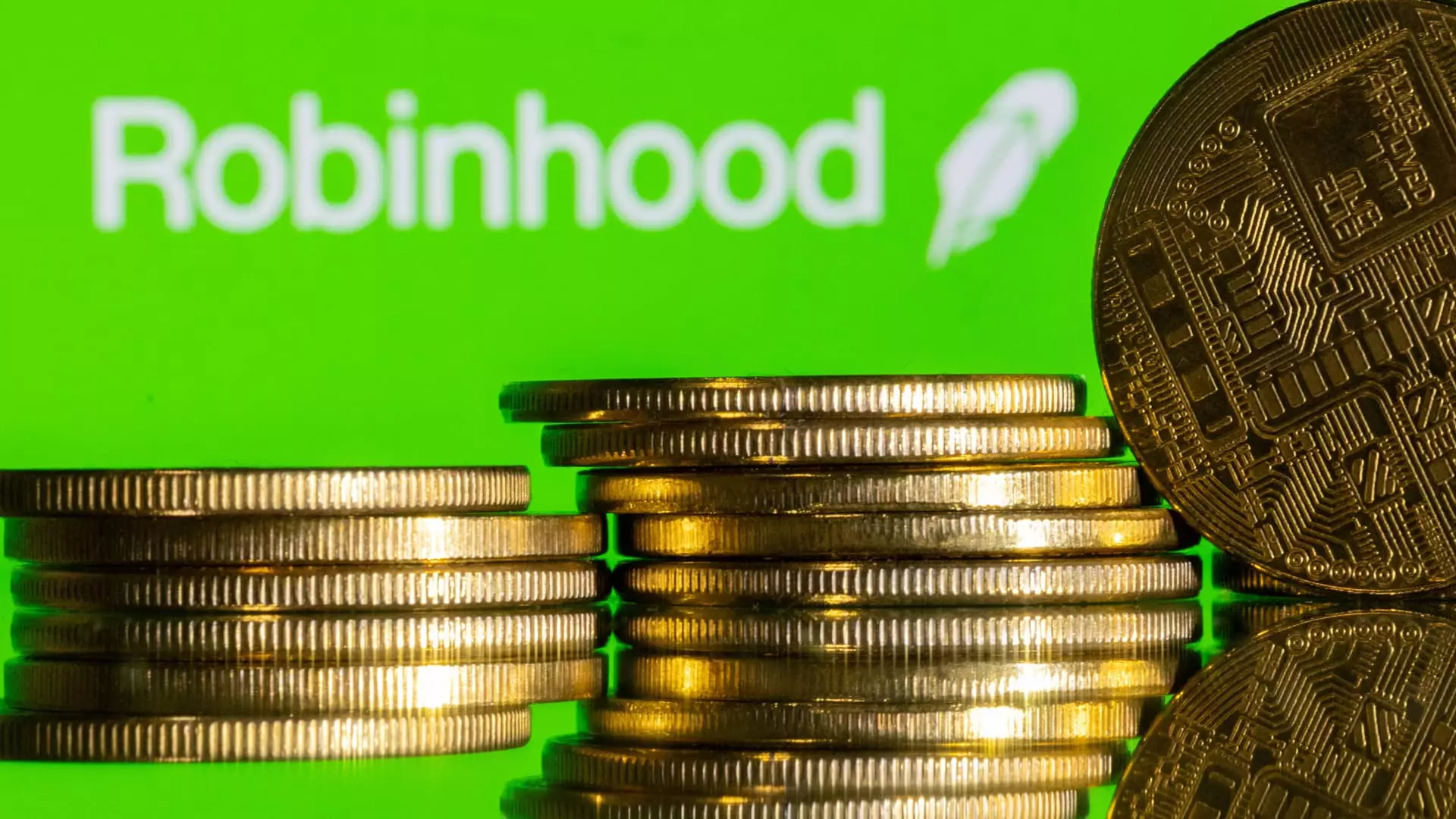The recent market movements reveal a troubling undercurrent: the very sectors that historically drive economic stability are showing signs of vulnerability. The decline in Penn Entertainment’s shares by over 5% following disappointing regional gaming revenue reports underscores a miscalculation in investor optimism about consumer discretionary spending. With Iowa and Indiana reporting year-over-year drops, it’s clear that regional setbacks are not isolated but indicative of a broader trend. This cannot be dismissed as mere noise; rather, it signals a critical reassessment of how resilient these traditional industries truly are amidst macroeconomic headwinds and shifting consumer behaviors.
The gaming industry, often considered a barometer of discretionary income and leisure spending, appears to be losing steam. The data from Iowa and Indiana highlight a decline that runs counter to the assumptions of steady growth. For investors, this should be a wake-up call: the sustainability of these revenue streams is questionable at best. Relying on a sector increasingly buffeted by regulatory changes, competition, and changing cultural attitudes towards gambling could prove a costly risk in an environment where economic confidence remains fragile.
The Strategic Resurgence of Critical Industries: A Double-Edged Sword
On the other end of the spectrum, some sectors demonstrate resilience or even remarkable gains, indicating a selective shift in market focus. MP Materials’ nearly 1% increase, bolstered by the Pentagon’s direct investment—buying $400 million of preferred stock—illustrates a strategic pivot towards strengthening America’s rare earth supply chain. It’s a bold move that signals recognition of how geopolitics and national security priorities are now intertwined with the resource and manufacturing sectors. This trend suggests that there are niches where long-term government-backed initiatives could insulate companies from immediate market volatility, fueling investor curiosity and forward-looking bets.
Meanwhile, defense-oriented stocks like AeroVironment and Kratos soared nearly 10% after Pentagon directives aimed at accelerating drone production. Such developments highlight a burgeoning confidence—rooted not in consumer markets but in defense and strategic industries—that could reshape the investment landscape. Yet, it’s prudent to approach these gains with skepticism. Market optimism fueled by government spending and defense contracts often underrates the risks of overextension, regulatory bottlenecks, and technological obsolescence.
The Contradictions of the Consumer Economy and the Growing Divide
Despite some bright spots like Levi Strauss and Performance Food Group, the overall market narrative remains contradictory. Levi Strauss’ 10% jump thanks to better-than-expected earnings and an optimistic outlook exemplifies segments still riding the wave of post-pandemic recovery. However, the broader consumer environment is clouded by uncertainty. Retail and service sectors, as exemplified by Sunrun’s volatile week, remain highly speculative, with sharp swings reflective of an uncertain sentiment. A decline of more than 6% for Sunrun emphasizes how even green energy stocks—often lauded as the future—are not immune to market swings.
More worryingly, the recent announcement from the U.S. about a 35% tariff on Canadian imports signals protectionism’s return to the forefront, risking retaliatory measures and trade disruptions. Canadian stocks—like TD Bank—fell over 1%, illustrating how geopolitical tensions could threaten cross-border economic relations. Such developments could dampen investor confidence and accelerate market volatility, especially among sectors heavily reliant on international trade.
Market Optimism or Illusion? Analyzing the Underlying Reality
Widespread gains in specific sectors such as defense, industrials, and select retail stocks are tempting signals of resilience. Still, these should be viewed through a critical lens. Many of the movements are driven by short-term factors—government spending, geopolitical tensions, or tactical earnings beats—rather than sustainable growth fundamentals. For example, the boost in stocks like PriceSmart, which surpassed earnings expectations, may not be enough to offset the underlying macro risks arising from inflation, high debt levels, and policy uncertainty.
Furthermore, the rapid rally in crypto-focused platforms like Robinhood, following Bitcoin’s surge, exemplifies the speculative nature of current market activity. Such volatile assets reflect a disconnect between actual economic health and market speculation—an increasingly dangerous gap that could lead to sharper corrections.
The recent market day serves as a stark reminder that секторal gains are often superficial. Many of the traditional industries are under duress, while sectors rooted in strategic importance, defense, and resource supply chains indicate a potential shift in economic priorities. As investors, our critical judgment must focus on long-term sustainability rather than short-term gains—recognizing that beneath the surface, the market’s fragile optimism could hide deeper systemic vulnerabilities.

